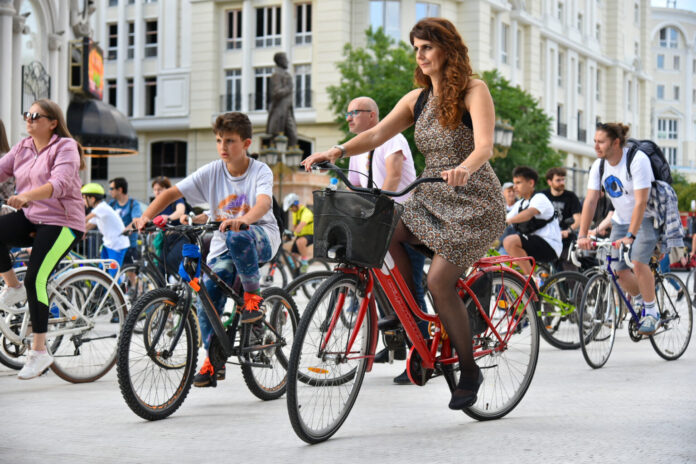The economy in Cabo Verde wants to be blue | Spain
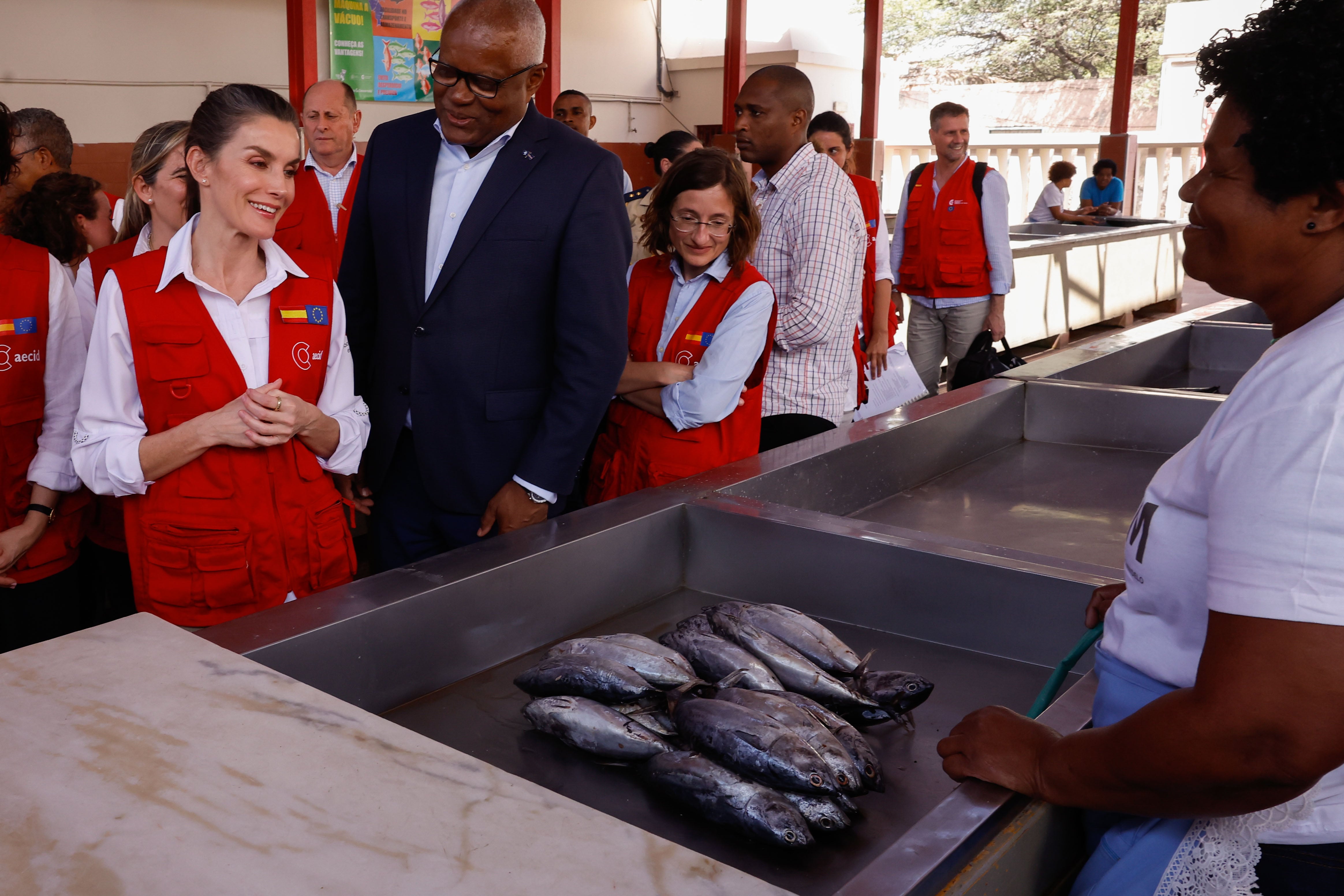
Cape Verde, An aggregate country, with very little cultivable and highly dependent on tourism and diaspora remittances – a million people mainly concentrated in the United States and Portugal -, it is starting a process of transformation into its economy to begin to take advantage of what it does and that is seen from almost any point in the country: the sea.
On his official trip to the African archipelago, Queen Letizia He has traveled to the Do Peixe de Mindelo market, on the island of San Vicente, the second most important city in the country (80,000 inhabitants), to be able to see the entire circular economy chain that has partly launched thanks to the Spanish cooperation: from the sea to the Lonja; and from the fish market to the plate. In that sense, the Spanish Agency for International Development Cooperation (AECID) has launched several projects to boost an economy based on the sustainable use of marine and coastal resources to promote employment – especially women -, local growth, nutrition of children and adolescents and protect the environment.
« You are a guardian of the secrets, of the deep waters, dear fishing. In the gleaming morning Cabo Verde celebrates you, a brave woman in your position. With love we honor your role, heroin fishing, under the vast sky of Mindello. » It is a poem that reads in one of the tubs, a kind of palanganas, which some women have painted as a local crafts. It is a container in which Peixeiras They keep and exhibit the genre and carry in the head with fish that weigh up to 20 kilos. And that poem reflects the hope of the trade, which little by little, emerges from marginality and is formalized as a job.
« Am PeixeiraI am a warrior and I am a fighter, ”said German, a fish seller, the queen during a welcome dance. Her colleague Marisa, 43, who has been being Peixeira Since 14, he regrets that now his office « is more difficult than before » because for months there is no fish for intensive and unintestable fishing that has been practiced in recent years and the misuse of quotas and watersheds in the Cape Verdean waters.
The project that the Queen has visited on Wednesday encourages the use of women such as Marisa, Alison and Innocence, who puts her hand to the chest to indicate in Criollo that her trade – very denosted and stigmatized in Cabo Verde – is a « pride » for her. While fishermen try to transform fishing and make it more sustainable, in the small market women sell the genre as part of a project to which the AECID, through the Mindello Pescaderas Association, has contributed to more than one million euros. « The work of cooperators It is admirable and essential, ”said the queen during another visit in the morning to a school in Praia, the capital of the African country. The association has also managed to get the ostracism out of the ostracism Peixeiras. « There are prejudices (in society) by body smell (…). Who does not work for anything else is going to the sea or selling fish, » explains Estibaliz Táboas, peace and development coordinator, an NGO that is also involved in the project.
In Mindello, the most tourist city in the archipelago, full of colonial houses, Peixeiras They sell the fish that young people then clean in an adjoining ship and will later be served in nearby schools. « The sustainable use of the coastal and marine ecosystem is compatible with the promotion of sea -related jobs, support for fishermen and fishermen, » explains the AECID. Something very valuable in a country made up of 10 islands. « This is very helpful because my family is supporting me, » says María Gutiérrez, who has been selling fish on the street for 32 years.
As part of the project, it has been possible to introduce the fish protein in the menus of several nearby schools, such as Châ Cricket, a Mindelo neighborhood, which the queen has also visited. And it is that many children living near the sea had not introduced the fish in their diet. Now, some 7,500 students throughout the country have directly benefited from this circular economy initiative.
In her work to make visible the work of Spanish cooperation in Cabo Verde, Queen Letizia has finished the day with a visit to the oceanographic of the city, where she has seen, among other projects related to the sea, the rehabilitation of up to eight historical headlights with which the AECID intends to promote tourism in the archipelago and continue to create employment for the local population, sustainable and related to what abounds in Cape Verde: the sea.
A sunset to the rhythm of ‘Batuk’
The Sun falls in Cabo Verde, the chickens walk along the roofs of the colorful houses of Porto Mosquito while a small pig piada nibbles the casting of a neighbor of this community of about 800 inhabitants in the south of the Caboverdiana Island of Santiago. « The Queen came to a fishing port for the first time, Puerto Mosquito. Welcome, thank you very much, Reina Letizia, » she sang in Creole the group of women who received on Tuesday afternoon with a batucada, palms and local dances to Queen Letizia in this village where a road ends that winds next to the coast before the imposing Monte Angra is erected and the Baia do Inferno Natural Park.
From the hand of the AECID and the United Nations agencies, such as UNICEF, the visit of Queen Letizia has inaugurated a pioneering project to reduce the inequalities in which Spain has invested 700,000 euros and will last three years. The novelty lies in the fact that it is the community itself that identifies its vulnerabilities and tries to correct them in an integrated way. In this way, it is the neighbors who mark « their own expectations, » says the AECID. « This project seeks greater social cohesion, » explains Taïs González, responsible for AECID programs in Cabo Verde, and developing a tourism linked to the sea. But above all that young people do not leave.
And for that, Emiliana Gomez Varela, Councilor for Social Affairs, sees a reef in tourism. And that will be integrated into the project: while men are slaughtered in the sea and take the fish to the beach, the idea is that some women cook and can contribute some service to a tourism that is a fundamental leg in the Capeverdiana economy – which represents 25% of the GDP of the African archipers, according to the World Bank – but still very residual in this remote area of the island of Santiago, the largest in the country.

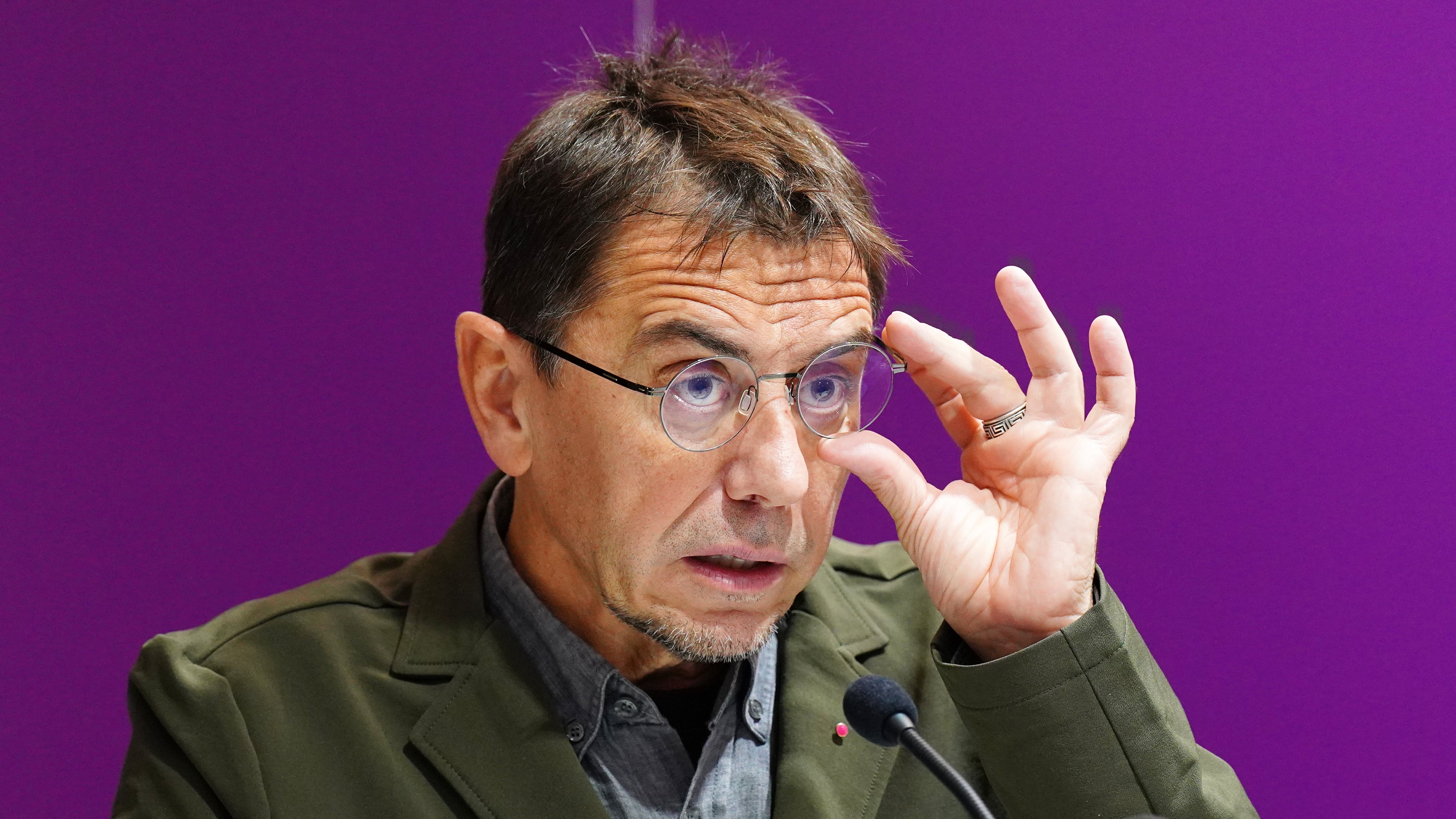
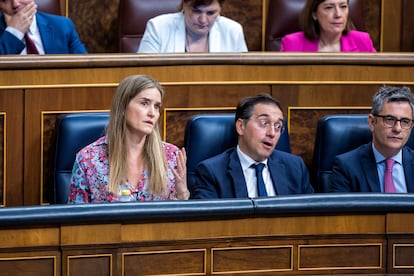
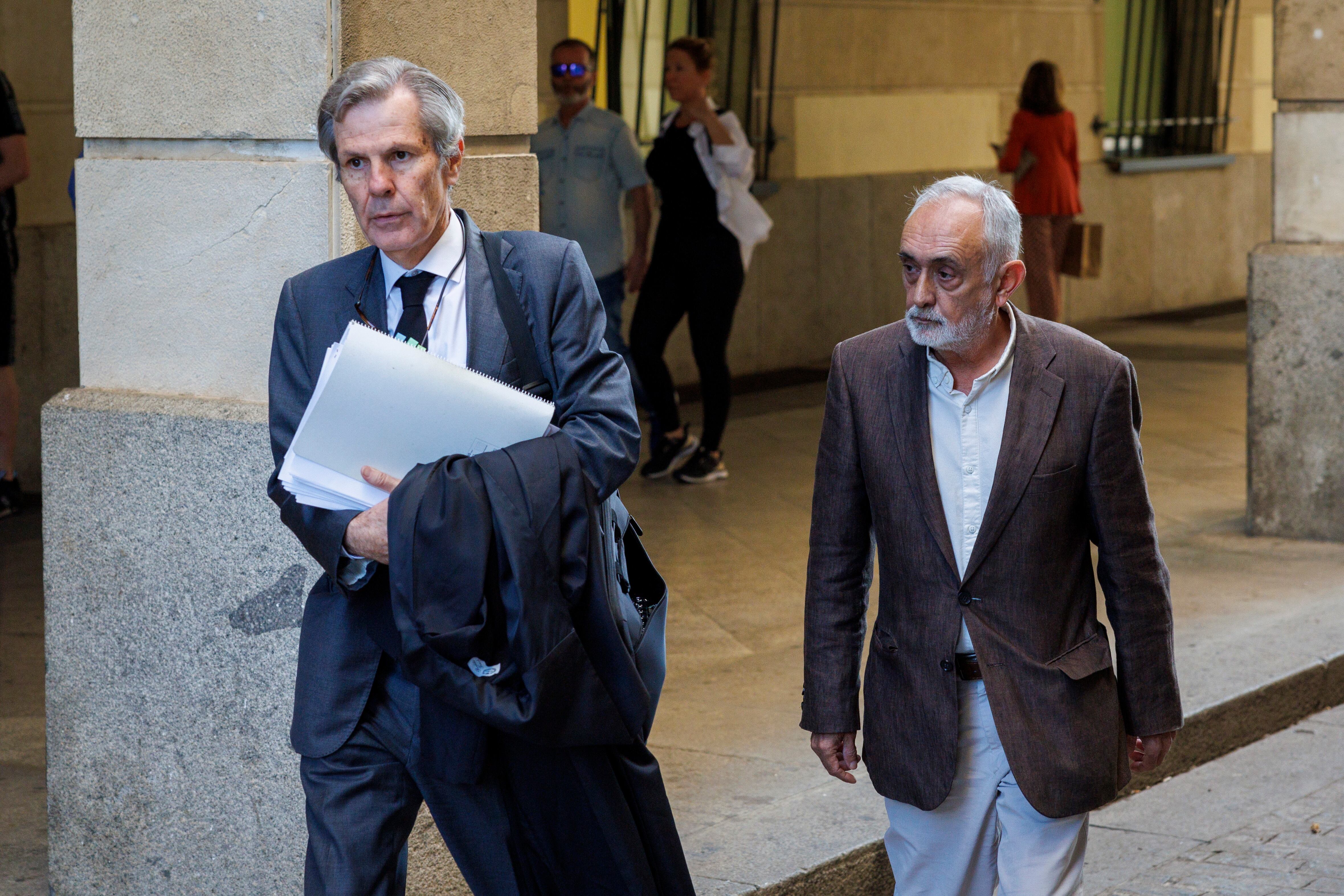

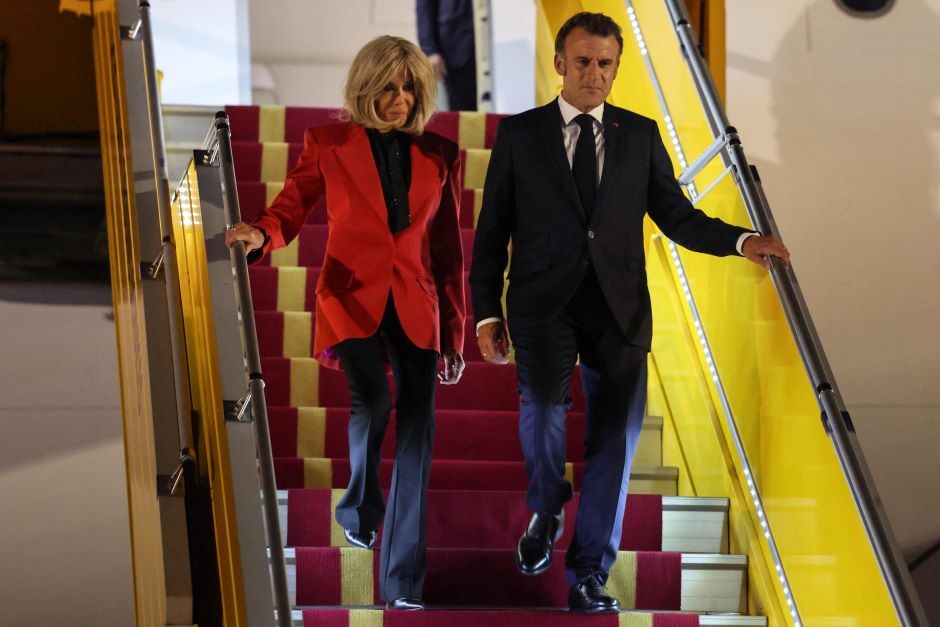
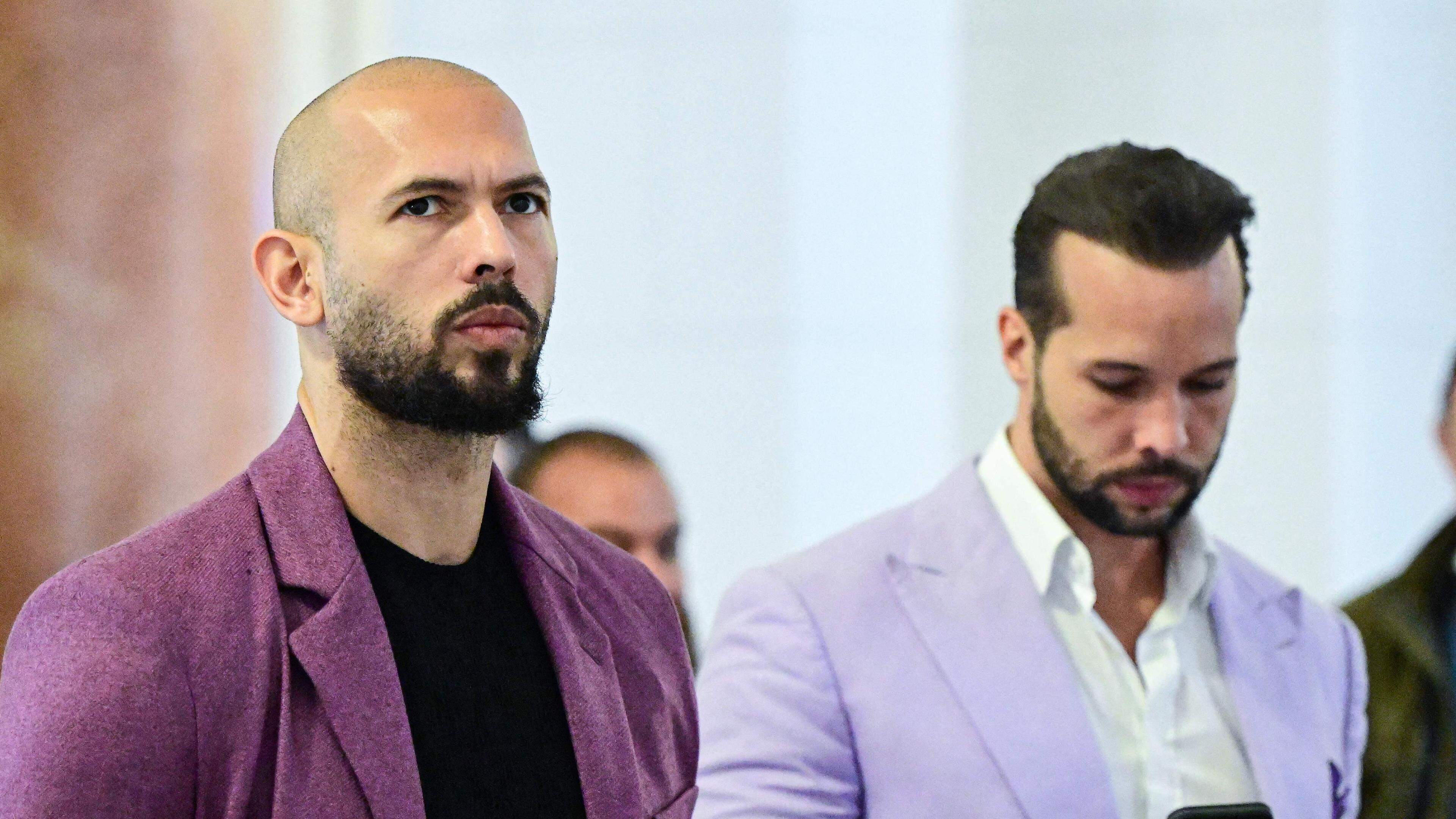
/s3/static.nrc.nl/images/gn4/stripped/data132928093-2958e0.jpg)
